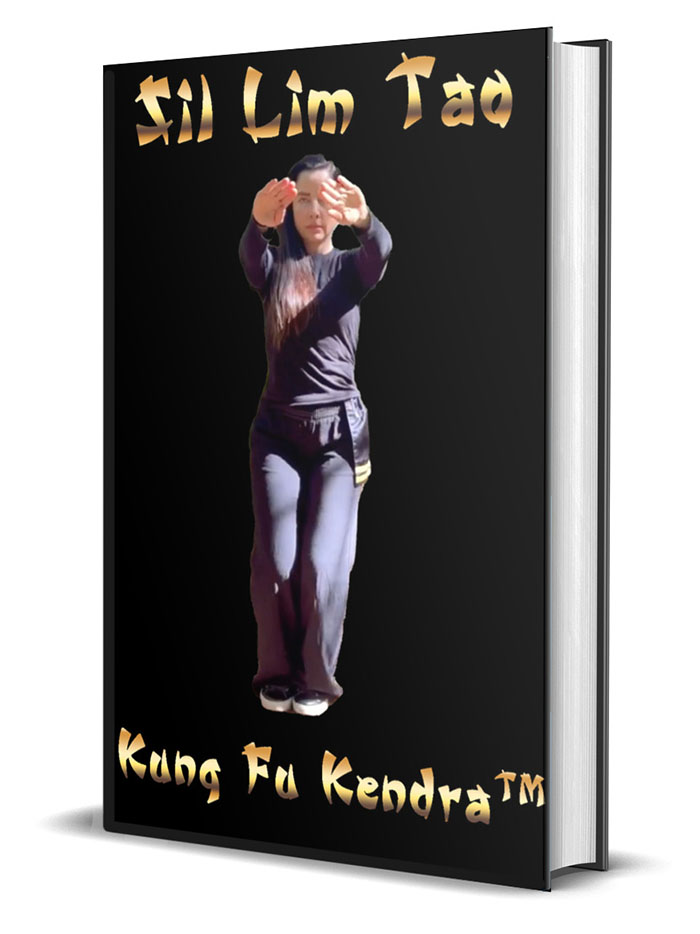Is Wing Chun Still Relevant? Resurgence of an Ancient Martial Art
In an era dominated by mixed martial arts (MMA) and evolving combat systems, traditional disciplines like Wing Chun sometimes face skepticism about their real-world applicability. Yet the question of Wing Chun’s relevance has never been more pressing—or more misunderstood. Once practiced in secret on the rooftops of Hong Kong, Wing Chun has surged back into the mainstream, buoyed by a blend of cinematic storytelling, scientific re-examination, and a growing interest in efficient self-defense. Far from relic status, the art is experiencing a vibrant revival as practitioners discover that its ancient principles hold fresh value in a fast-changing world.
One of the most compelling arguments for Wing Chun’s continued significance lies in its core philosophy of adaptability and directness. While sports-based fighting styles reward athleticism and spectacle, Wing Chun remains focused on practical efficiency—using structure, economy of motion, and tactical awareness to overcome bigger and stronger opponents. This emphasis on intelligent strategy over brute strength makes it particularly appealing for those who may not fit the mold of traditional fighters: women, older adults, and individuals seeking functional self-protection rather than tournament trophies. Contemporary instructors are teaching not only classical forms and wooden dummy drills but also scenario-based training tailored for modern environments, demonstrating how Wing Chun’s reactive principles apply to everything from crowded elevators to personal safety in urban settings.
Still, critics often challenge Wing Chun’s effectiveness by pointing to its absence on major MMA stages. The reality is nuanced. Many world-class fighters have integrated Wing Chun concepts—such as tight guard, centerline control, and redirection of force—into their MMA arsenals, even when they do not identify as pure Wing Chun exponents. Moreover, the art’s training tools like Chi Sao (sticky hands) continue to inform the development of tactile sensitivity, allowing for rapid adaptations under pressure. These components, while not always flashy, are highly effective in close-quarters encounters, where space and time for reaction are limited. For those willing to invest beyond surface-level drills and embrace sparring and crossover learning, Wing Chun remains remarkably adaptable and potent in today’s dynamic combat landscape.
The current resurgence of Wing Chun is also fueled by its portrayal in media and popular culture. Films like the Ip Man series, featuring Donnie Yen, have introduced the art to a new generation, celebrating its philosophical depth and technical uniqueness. The digital revolution has further democratized access, as social media spreads instruction, debate, and success stories across borders. Online communities formed around Wing Chun have blossomed, offering support and innovation for both remote learners and seasoned practitioners. This global connectivity, coupled with a renewed emphasis on pressure-testing and integrating diverse martial perspectives, is helping to breathe new life into the ancient system and dispel the myth of its obsolescence.
Ultimately, Wing Chun’s enduring relevance is defined by its willingness—and the willingness of its practitioners—to adapt and evolve. The art’s true value does not lie in rote repetition of tradition, but in the creative application of its core principles to contemporary challenges. As both a practical combat method and a path of self-cultivation, Wing Chun remains a dynamic, living discipline, reminding us that even the most ancient martial arts can remain powerfully modern when nurtured by curiosity, innovation, and an unwavering commitment to adaptability.

